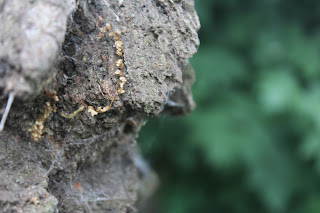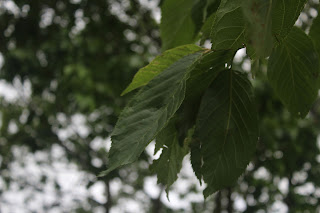What is Focus?
Focus is how clear a photo, or part of a photo, is due to the depth of field due to a change in aperture on the camera when a photo is taken. A shallow depth of field is created with an aperture of 4.5 or 1.8 whereas a wider depth of field is created with a higher aperture like 7.5 or 9.6. These can be used to create different moods and interesting areas of focus within the composition of a photograph.

For these examples of focus in photography, I went out into the Lowe School playground and changed the aperture so that there was a low depth of field. I then imported the photos into photoshop and used the blur effect to blur the background further, therefore emphasising the parts of the photo that are focussed and making the composition more aesthetically pleasing for the viewer.

I like this photo I edited the most as blurring the background further made it look much more interesting and created almost like a bokeh effect with the light contrasting with the darker green tones of the blurred leaves. It is a very appealing photo with a lot of visual appeal and the composition takes advantage of space as well as focus.
What is Free Lens?
Free lens is a technique where you remove the lens from the camera in order to create more contrast between blurred and focussed elements of a photo as well as visual interest within the composition. Because the lens is detached from the camera, you can move it to different places within the frame of the composition and get more interesting compositions to look at.
For these examples of free lensing photos I took, I tried positioning the edge of the lens inside the frame to create interesting effects. I like the first one the most as there is more focus nearer the edge of the composition, creating a more intriguing and aesthetically pleasing photo. I also like the fact that the lens graduates a little into the photo as it almost creates the illusion that it has been taken on the ground or that someone is looking up a little whilst laying on their side on the ground.
I also like the second photo as the top left corner looks slightly more focussed than the rest of the photo which looks unusual and interesting. The leaves nearer the bottom right corner are more blurred and creates almost like a bokeh effect. However, the composition is mostly blurred so it doesn't look as visually pleasing as the first photo.








